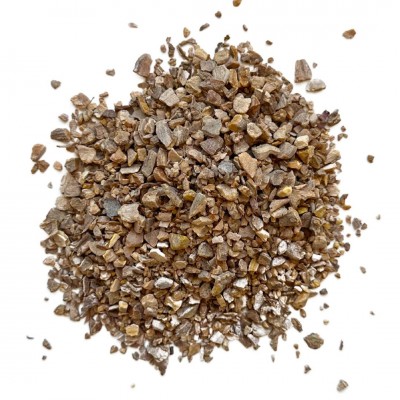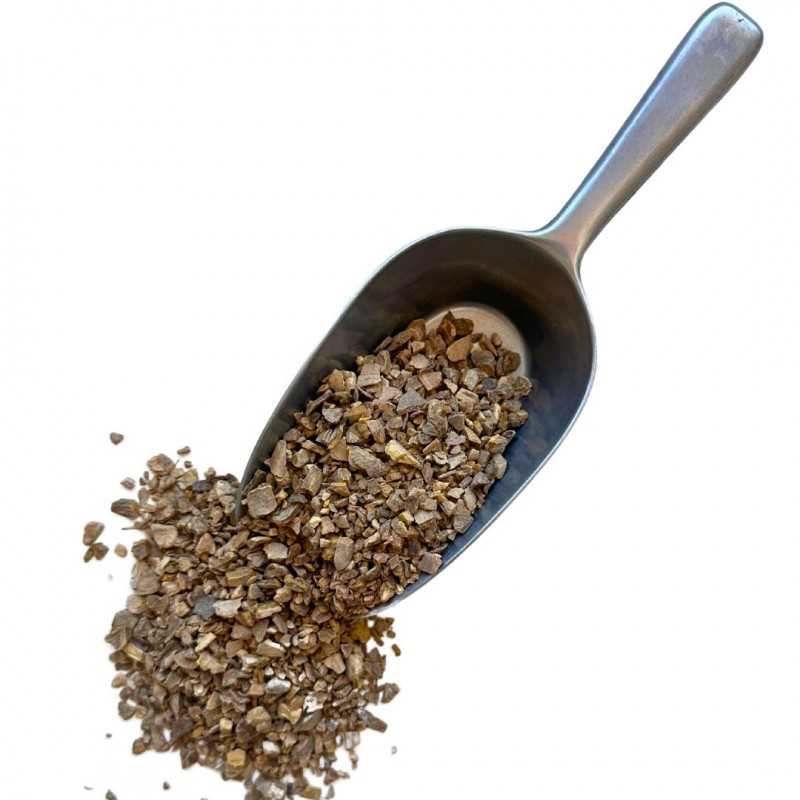
Zedoary: virtues, use and origin
Zedoaria, the essentials in 3 points:
-Zedoary contains bioactive compounds such as curcumin, which have anti-inflammatory properties. It can help reduce inflammation in the body.
–Often used to aid digestion and relieve gastrointestinal disorders such as bloating, flatulence and nausea.
–Antioxidant properties that help neutralize free radicals and reduce oxidative damage in the body.
Zedoary is an unfortunately little-known herbaceous plant with a lot going for it. Like ginger, it is an ingredient of choice in herbal medicine and cooking.

What are the distinguishing features of zedoary?
Loosestrife has a fleshy, whitish rhizome up to 60 cm long. This impressive rhizome forms large underground branches, sometimes even larger than the plant’s stem. Loosestrife leaves are lanceolate, alternate and erect. Remarkable for their green upper surface and purple underside. In older plants, the flowering stem appears well before the leaves. Loosestrife flowers are very large, white to violet in color. They can grow in clusters of 4 or 6. Each bract lasts about three weeks. The plant’s fruit is a globular capsule. Like turmeric and ginger, zedoary belongs to the Zingiberaceae family. However, there’s one thing that sets it apart. A wine-red stain covers the entire midrib of the plant. Zedoary originated in India and Indonesia, but is now cultivated in every corner of the globe. It grows wild, particularly in tropical and subtropical countries. To develop perfectly, however, zedoary has a few requirements: it needs rich soil with an acid pH and good irrigation. It is also advisable to place the plant in a bright, slightly shaded area.
How to use zedoary in phytotherapy?
In herbal medicine, the plant’s rhizomes are the main raw material. They are dug up in early spring to distinguish quality rhizomes from empty, rotten ones. The harvested rhizomes are washed and carefully cut before being dried. Dryers are well ventilated to optimize drying. Rhizomes are used in phytotherapy because this part of the plant is packed with active ingredients. It contains mucilage, resin, camphor, pinene and sesquiterpene alcohols. These include indole and diterpene. Zedoary rhizomes also yield essential oils with a number of bitter compounds. It is these compounds that give zedoary its distinctive taste. This unique combination of active ingredients enables zedoary to effectively relieve digestive disorders, including indigestion, bloating and colic. In phytotherapy, zedoary extracts are also used for their tonic, sudorific and diuretic properties. Today, zedoary rhizomes are available in a wide variety of formats. You can easily find them in the form of essential oils and capsules. Grated rhizome extracts can also be used to prepare mother tinctures, herbal teas or decoctions. Whichever format you choose, we recommend that you scrupulously observe the product’s dosage. We invite you to take the time to read the online instructions and the consumption indications on the packaging. We also encourage you to respect the recommended duration of the cure. Depending on the case, it can range from just a few weeks to several months. In case of doubt, or for further information, it’s always best to seek the advice of a herbalist. This reliable professional is the only one able to give you sound, personalized advice on the use of food supplements. In addition, for the sake of your health, remember to adopt a healthy lifestyle and eat a balanced and varied diet.
Enhance the flavour of dishes with zedoary rhizomes
In addition to its current use in phytotherapy, zedoary also has a place in cooking. Its aroma is similar to that of mango, and its taste is identical to that of ginger. However, the rhizome is characterized by a bitter aftertaste. Ground, zedoary is used as a condiment in the same way as ginger. It spices up dishes and goes well with lamb and chicken dishes, as well as soups. Zedoary is also used in shortbread and gingerbread recipes. In some countries, even the young shoots of this plant are eaten as a vegetable.





